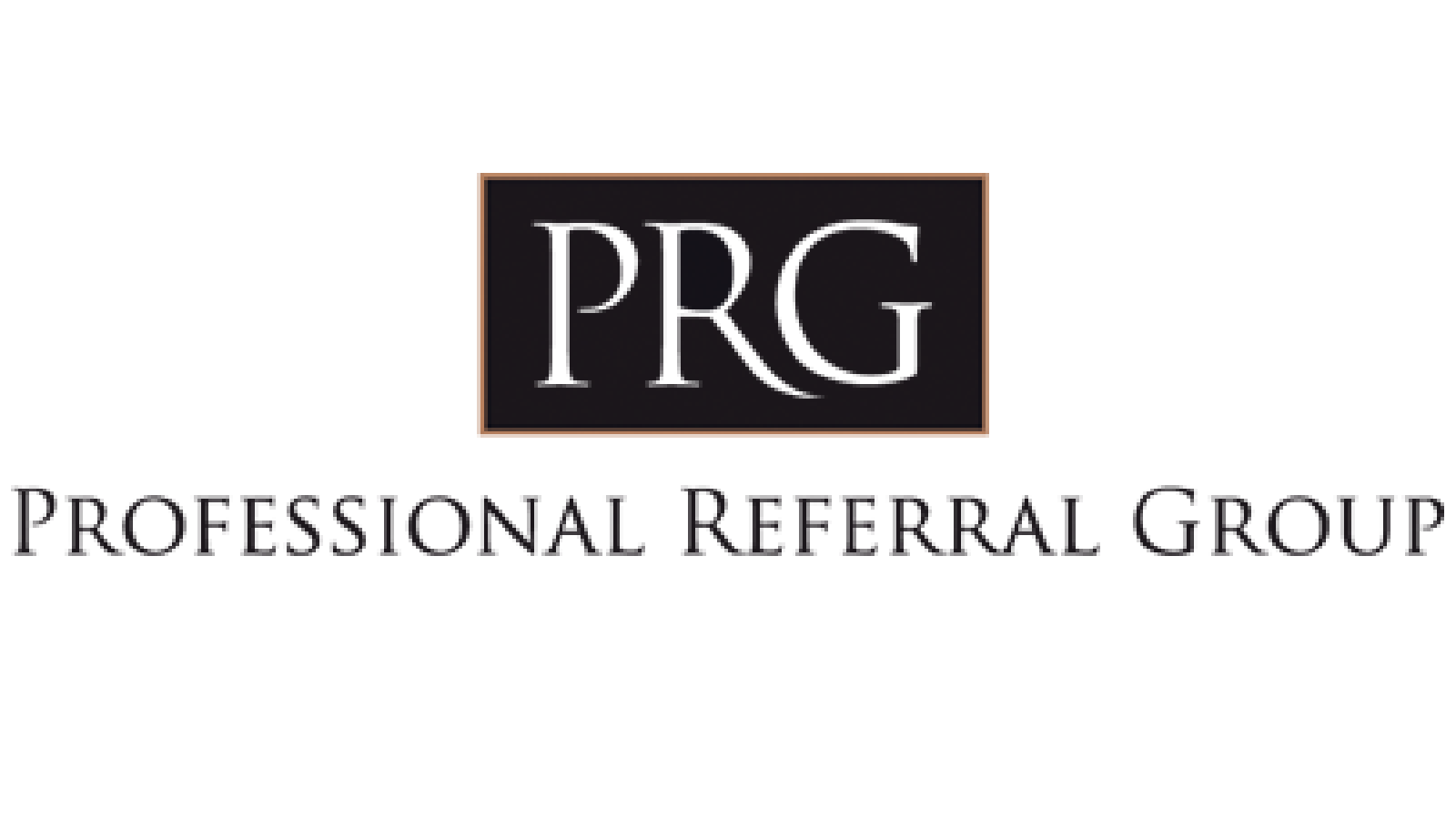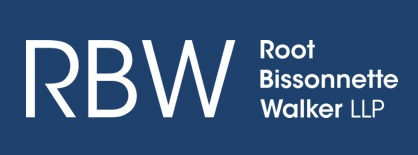A few things to keep in mind when preparing our income tax returns.
April 08, 2021
1. Which tax software?
First a quick technical review. For years now, the tax authorities have been encouraging people to file their tax returns electronically, and many commercial software products are available to make this easier. This website , You will be redirected to an external website. lists the tax software – free or paid – that is certified by the Canada Revenue Agency and provides information about the features and limits of each product.
2. Putting things in context
Another useful reminder in anticipation of a possible tax bill in the coming months: contrary to what people sometimes think, no one pays a personal tax rate of 50% on all their income in Canada. It’s just that the marginal tax rate, which applies to a taxpayer’s highest taxable income bracket, is often confused with the average rate, which is determined by the rates applying to all of the taxpayer’s different tax brackets. This table gives an idea of how much a taxpayer might expect to pay depending on the province of residence. A taxable income level of $100,000 is used as an example.
3. The year of working from home
Millions of Canadian workers holed up at home to do their jobs in 2020, which in some cases resulted in unanticipated expenses. This situation could play out in several ways from a tax perspective. In simplified terms, if these expenses were not reimbursed by the employer, they could be deductible for tax purposes if the employee worked from home at least 50% of the time for a minimum of four weeks. In this case, two options are available: the “temporary flat rate” method which is simpler and allows a deduction of up to $400 with no documentation required; or the detailed method, which allows for an accurate listing of all eligible expenses but is more tedious. The detailed method also requires supporting documentation and a Declaration of Conditions of Employment from the employer. Online calculators are available to help determine which of the two options would be the most advantageous.
4. Grants: when the boomerang comes back
A huge number of individuals also received financial assistance from the federal government during 2020. For the Canada Emergency Response Benefit (CERB) alone, the government reckons that the total dollar value paid out was over $74 billion. As we know, there was no tax withheld on these payments and many taxpayers may now find themselves with a tax bill to pay. On February 9, 2021, the federal Minister of National Revenue announced that taxpayers with taxable income of $75,000 or less in 2020 will not be charged interest on outstanding tax balances before April 30, 2022. One more thing: a new program means new tax forms to go with it. Forms for the CERB and EI benefits are detailed here , You will be redirected to an external website..
5. The importance of claiming all your tax credits
One of the most common tax mechanisms offered by governments is the tax credit. There are two types: refundable and non-refundable. Refundable tax credits are paid to the taxpayer regardless of the amount of tax owing. Non-refundable credits reduce the amount of tax owing for the year in which they are claimed, which means that any portion in excess of the tax bill could be lost. However, in some cases non-refundable credits can be transferred to a spouse or applied to another year. That said, there are dozens of tax credit programs and it could be worthwhile to find out what they are. This website , You will be redirected to an external website. lists the ones offered by the federal government. Each province generally has its own similar website.
6. A good time to take stock
Like a certain number of people, you may find the first few months of the year particularly challenging in terms of your cash flow. On top of RRSP contributions, income tax payments due on March 15 (for those paying by instalments), and property tax bills that often arrive at this time of year, you may end up with a tax balance payable for last year. If you haven’t had an opportunity to do so, this could be a good time to have a talk with your mutual fund representative or your financial services professional. In particular, setting up an automatic savings plan could spread your RRSP contributions throughout the year. This kind of plan could also ensure that the money is invested without delay while distributing your exposure to different market phases over the course of the year. If you already have this kind of plan, you might want to see if your automatic payments could be maximized.
As we can see, April doesn’t have to be – in the words of T.S. Eliot’s famous poem – the cruellest month. It can also be a time of opportunities and important strategic decisions.
 Back to myNiagaraOnline
Back to myNiagaraOnline





















